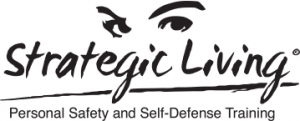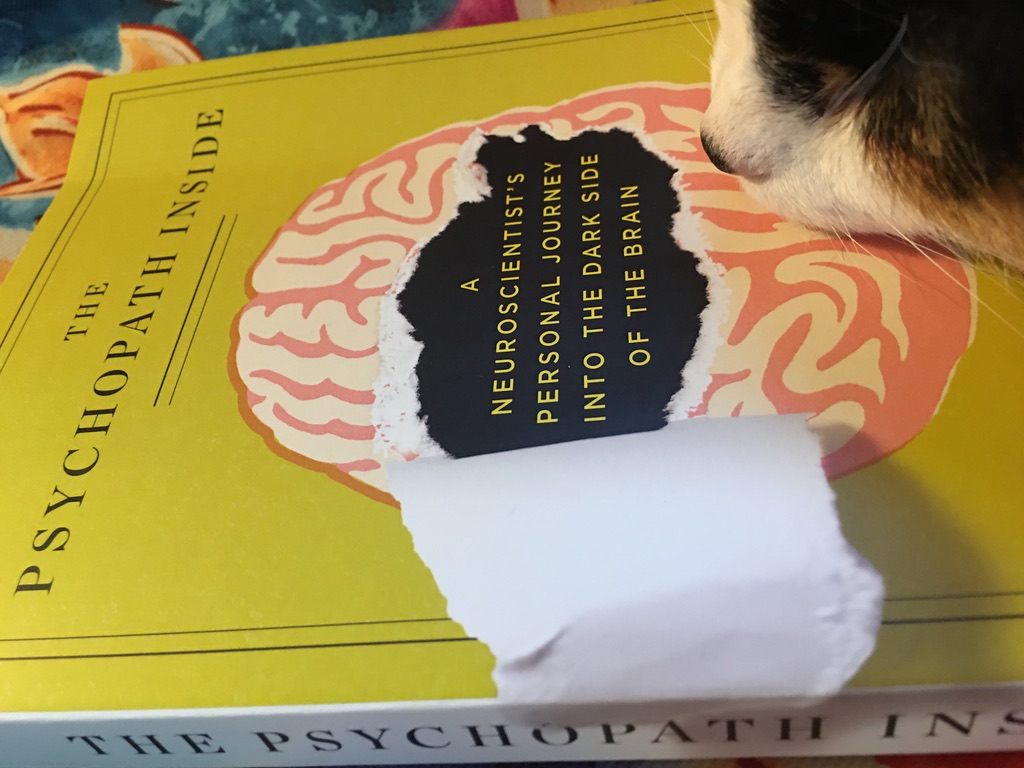Today’s topic may seem a little tangential, but bear with me. CVS Pharmacy, a large nation-wide chain, announced just a couple of weeks ago that it reached its goal of full transparency for beauty imagery produced by and for CVS. Apparently they made a commitment to educate its customers about the difference between “authentic” and “digitally altered” photos. Apparently they are committing to reducing the overall use of highly photoshopped images in marketing.
It’s not exactly a secret that advertising images are highly edited, to the extent that the person depicted is not physiologically possible. (Generally that person so objectified is female.) And CVS has cited studies that point to a connection between the prevalence of such images and a negative impact on the mental health of women, particularly those ages 18 – 35. That seems to have been exacerbated the past year by the pandemic, which saw many women spending more time online, seeing more images of themselves via Zoom-like platforms, and being exposed to more online marketing.
OK, so about 1 in 3 women are less confident in their appearance now than they were a year ago. That’s an issue, and what does it have to do with your personal safety?
Confidence. Self-confidence.
A colleague, Dr. Jocelyn Hollander at the University of Oregon, has just written an article (soon to be published) on the connection between taking an empowerment self-defense class and interactional expectations. Interactional expectations meaning expectations we have of what other people should be like, how they should feel, and how they should behave. What are our expectations going into any interaction with another person. And she found that learning self-defense not only changed students’ expectations of what they were capable of doing, it also changed their expectations of behavior from others and their ability to hold people accountable for actions and words. In other words, it shifts students’ thinking from a more passive, consumer focus to an active participation in making choices in their own lives. Taking that self-defense class taught them skills that spilled over into improving their quality of life, and the confidence to use them.
What does this have to do with beauty products and marketing images? When we buy products, we’re not just buying material stuff. We’re also buying the branding, the mystique, allure, the promises and hopes that using this product will improve our quality of life. When our media environment is flooded with imagery of women who look more like fantasy role-playing than reality, well, studies noted by CVS show the effect increases feelings of discouragement. CVS also noted that most women who spend at least an hour a day seeing their own image (i.e., on a Zoom call) report feeling more inspired when the see UNALTERED images of models online. Beauty practices is one way of practicing self-care, which should be empowering. Encouraging women to know they can reach out for their expectations and dreams.
My favorite self-defense book of all time is Self-Defense: The Womanly Art of Self-Care, Intuition, and Choice by Debbie Leung. And one of the reasons it’s my favorite is the photos, which are of real women (rather than the tall and limber 20-something women wearing workout leggings that seem to be in most photos). This says to me, hey YOU can do this! This is for YOU!
Stay safe, and live YOUR life.

 .
.
 iss. Some red flags are subtle, some really blatant. They are all specific behaviors that somebody is doing that bumps into one of your boundaries.
iss. Some red flags are subtle, some really blatant. They are all specific behaviors that somebody is doing that bumps into one of your boundaries. n
n